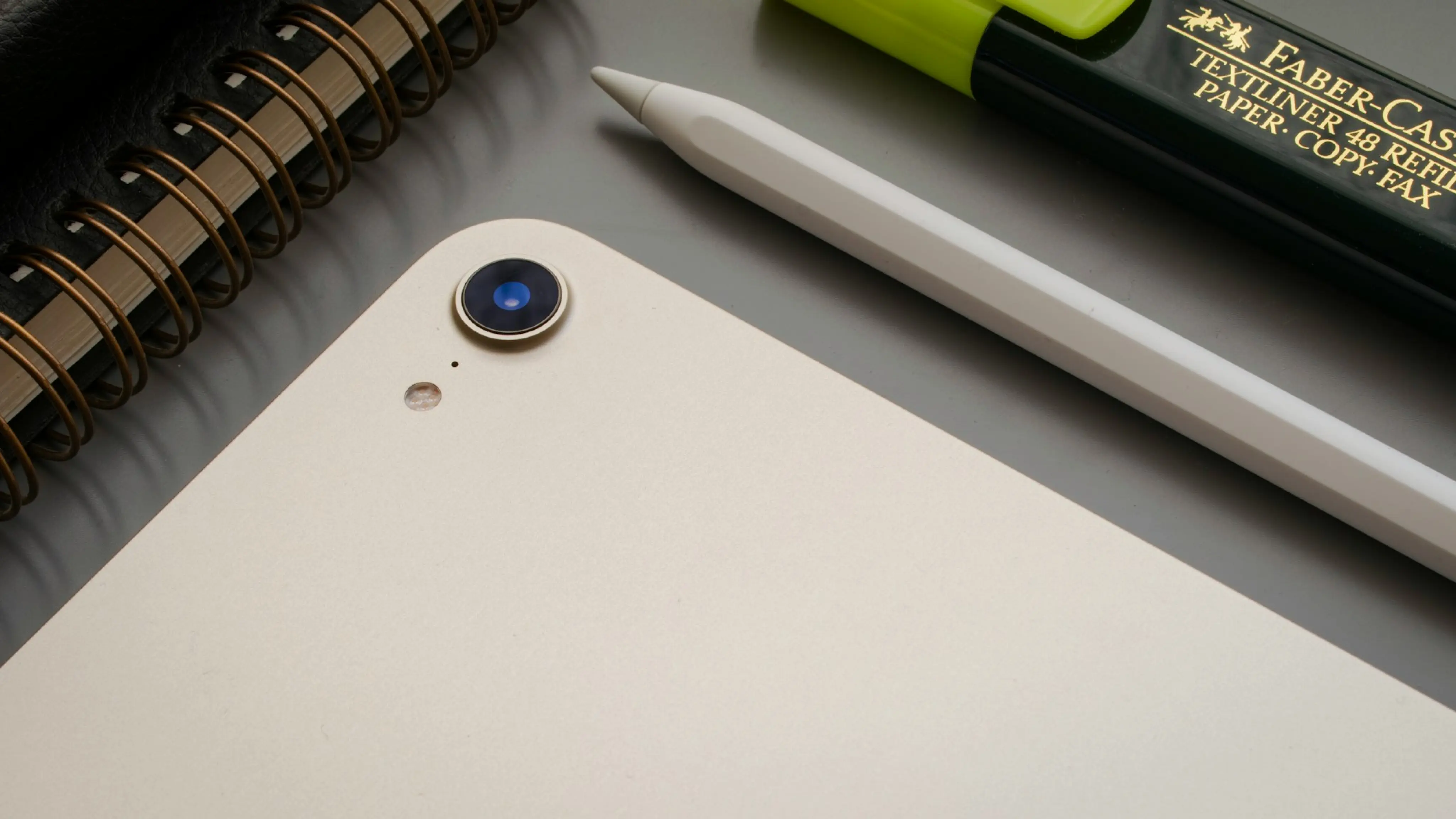Apple’s line of tablets began life as a single model back in 2010. The first-generation iPad sold over 15 million units within a year and defined the collective image of a tablet computer. Today, the iPad brand encompasses a range of separate models, each with its own hardware and software variations.
Buying a new iPad now comes with more considerations: which of the four lines is best for your needs? Do you want a Wi-Fi-only or cellular version? And in which color?
Here, we break down every iPad model and option currently on the market (as of August 2025) to help you find the right iPad for your needs.
Wi-Fi only vs. Wi-Fi + Cellular iPads
Since 2011, certain iPad models have featured cellular connectivity, allowing users to get online anywhere via mobile data, just like a smartphone. Earlier iPad models achieved this via an internal SIM card. Today, cellular iPads feature a built-in eSIM, allowing them to download and store a SIM plan online in seconds, rather than physically inserting one via a card.
All current iPad models are available as Wi-Fi only or Cellular + Wi-Fi versions with eSIM connectivity. Cellular + Wi-Fi models are typically around $150 more expensive than the Wi-Fi only versions (or $120 more in the case of the Cellular iPad Pro). Learn more about eSIMs for iPads here.
All current iPad models, explained
1. iPad (11th-generation)
The original and still the most popular option. Much might have changed since 2010, but the Apple iPad is still the gold-standard midrange tablet. This is reflected in the sales numbers: in 2025 alone, iPad sales generated over $11 billion in revenue.
The cheapest option in the lineup, the 11th-gen iPad still performs a wide range of functions, can handle data-intensive tasks like HD video uploads, and is available with eSIM connectivity. Size-wise, the 11-inch screen is larger than the mini, though smaller than the Air and Pro. While it also lacks the Pro’s “True Tone” XDR functionality, the iPad’s liquid retina display is still well-suited to UHD video.
A key software difference between the 11th-generation iPad and all other Apple tablets is that, despite being the most recent model, it lacks Apple Intelligence, the AI assistance software introduced in 2024. Apple Intelligence has had a mixed reception since its launch, so depending on your personal preferences, this may not be a drawback. The 11th-gen iPad's relatively low (by Apple standards) price point and choice of bright case colors also make it a popular option for families with children.
2. iPad Pro (7th-generation)
Dubbed the ‘laptop killer’ on its launch, the 7th-generation iPad Pro is Apple’s highest-performance, highest-price iPad model. Prices for a cellular iPad Pro start at $1499 — around 3 times more than the standard cellular iPad, and nearly the same as a new MacBook Pro. With this price tag comes laptop-grade performance: modern iPad Pros are a serious alternative to traditional computers.
Compared to the standard iPad model, the Pro features a larger 13-inch UHD display, “true tone” color rendering fine-tuned for movies and HD gaming), up to 2TB of optional storage, and Apple's top-of-the-line M4 processor.
Traditionally, iPads have never been known for their photo quality. Apple has sought to change this with the 2025 iPad Pro. The new model features an upgraded twin-lens front camera and 4K video recording, as well as the same 12MP rear camera as the regular iPad, mini, and Air models.
Compatibility with Apple accessories like the Pencil Pro, Magic Keyboard, and Trackpad further augments the Pro’s abilities.
3. iPad Air (7th-generation)
A stepping stone between the regular iPad and the Pro, the Air’s slight dimensions belie its impressive performance and feature-rich capabilities. With an M3 processor, shown in tests to deliver similar performance to the Pro-version M4, the iPad Air is suitable for most professional use. It may lag during particularly demanding tasks like video editing and HD gaming.
Starting at $749 for a Wi-Fi + cellular model, the iPad Air costs more than a mini, though still considerably less than any Pro model. It mostly differs from the 11th-generation iPad in size (even the larger 13-inch iPad Air is thinner and lighter than the regular 11-inch iPad) and speed. The aforementioned M3 chip and support for higher-end iPad accessories like the Pencil Pro make the Air a surprisingly versatile option.
4. iPad mini (7th-generation)
An iPad that can be used with one hand – the iPad mini is a Goldilocks mobile device, filling the niche between a large smartphone and a tablet. With an 8.3-inch screen, the mini is an accessible option for those who find iPads too cumbersome or require more visibility and space than a smartphone screen allows.
Performance-wise, the mini delivers similar functionality to the iPad Air in an even smaller package. This enhanced portability is perfectly suited to cellular iPad connectivity: the mini can easily be thrown into a small bag or jacket pocket, and used to access the internet anywhere with a cell signal.
| iPad comparison | ||||
|---|---|---|---|---|
iPad | iPad Pro | iPad Air | iPad mini | |
Screen width | 11 inches | 11 or 13 inches | 11 or 13 inches | 8.3 inches |
Processing chip | Apple A16 | Apple M4 | Apple M3 | Apple A17 Pro |
Color options | 4 | 2 | 4 | 4 |
eSIM compatibility | Yes | Yes | Yes | Yes |
Supports Apple Pencil Pro? | No, only regular Apple Pencil | Yes | Yes | Yes |
Storage | Up to 512GB | Up to 2TB | Up to 1TB | Up to 512GB |
Price (Cellular + Wi-Fi version) | Starts at $499 | Starts at $1199 | Starts at $749 | Starts at $649 |
The next generation of iPads
Apple regularly releases new iPad models every year – the 11th-generation iPad debuted in March 2025, with the 7th-gen Air released shortly after in May 2025. As a result, buyers can expect to wait several months for the next iteration, which hasn’t yet been officially announced.
Patient shoppers, though, can pick up a current iPad, Pro, Air, or mini for a fraction of the price as soon as the new generation arrives. Details are scant about the next series of iPads, though Spring 2026 is the most likely launch date.
Using an iPad cellular plan
All current iPad models are available in Cellular + Wi-Fi versions, with the ability to get online without Wi-Fi. To do this, they must first have an active mobile data or cellular iPad plan. Adding a cellular plan to a new iPad is simple and can be done in seconds, entirely on the device.
Here's how to add a new data plan to an iPad:
Open the Settings app
Select Cellular/Mobile Data
Under "CELLULAR PLANS", select Add a New Plan
Select Add a New Plan
Choose your desired carrier and follow the instructions to add their eSIM plan to your iPad
Users can select from a list of official Apple partner carriers. An iPad data plan doesn’t have to be from the same carrier you use with your phone – they can also be from a specialist iPad partner like BetterRoaming.
Prepaid iPad cellular packages, like the ones from BetterRoaming, are a hassle-free, easy-to-manage way to get online with an iPad. Browse from plans for over 60 countries, and choose between 1-day and 30-day packages. Visit our iPad eSIM page to find out more and try 100MB for free.










